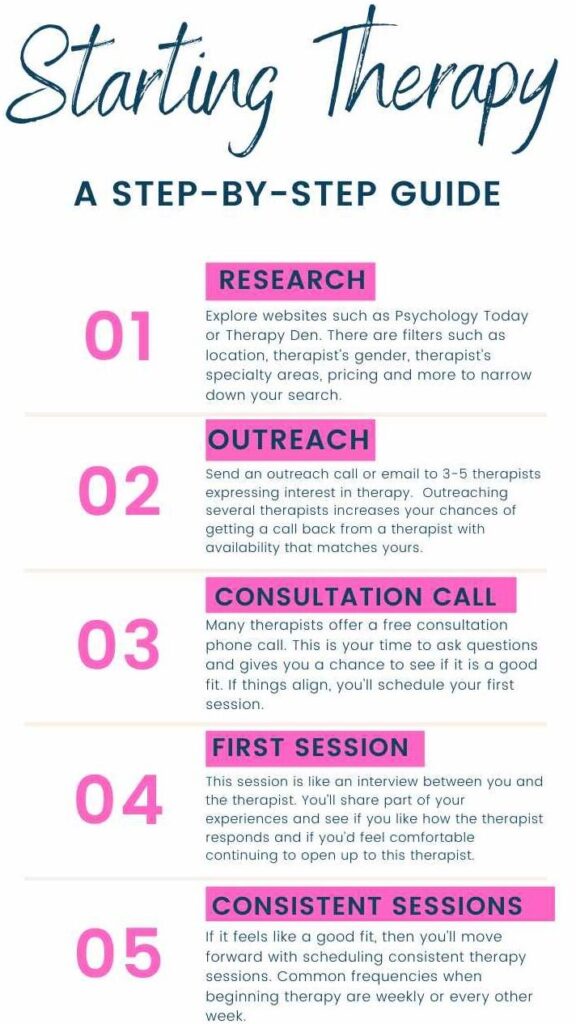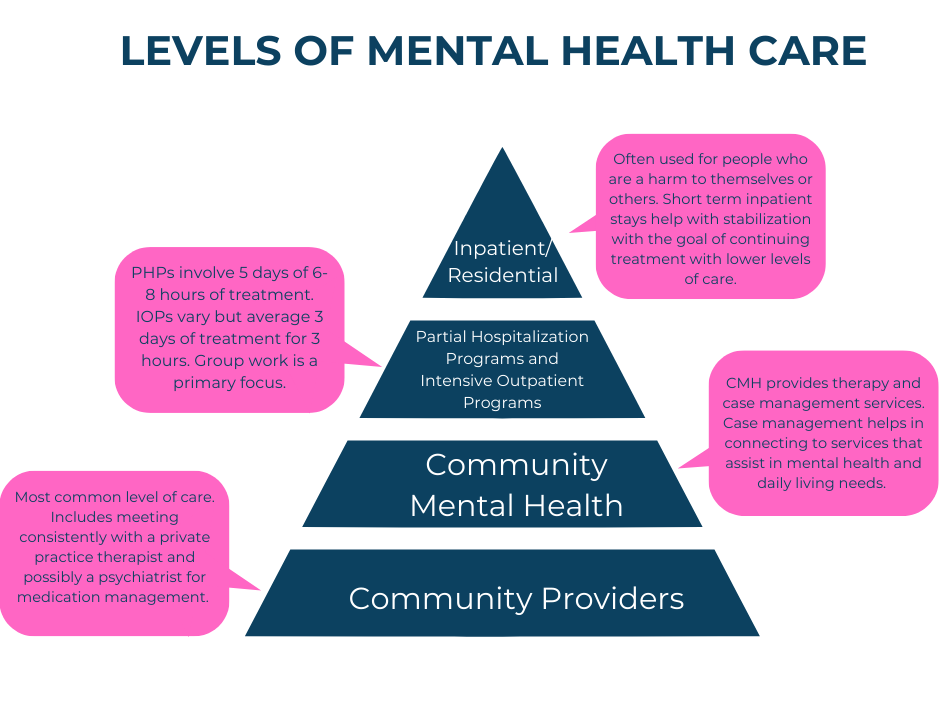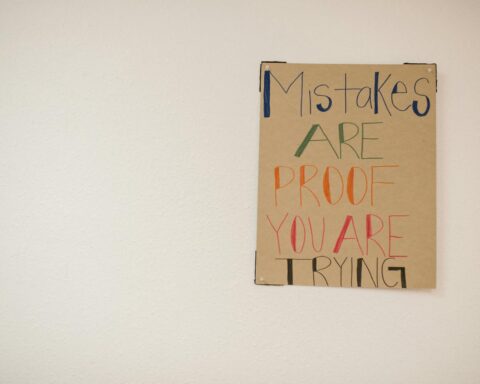I have many fond memories of sitting around a table.
From transforming the large pool table at my papa and nana’s house to a holiday-themed setting that we all gathered around for dinner and dessert, to sitting at a table for dinner with my now husband right after we got engaged, and then to adding a high chair to our table and watching our son explore foods for the first time.
Tables have always meant sitting together, removing distractions and attuning to those around me.
This is why it was such a powerful metaphor when Brene Brown described, in “Atlas of the Heart,” that pulling up a chair and listening to what our emotions are trying to say is beneficial.
It especially hit me because she leaned into this metaphor when discussing anxiety and at that point in my processing of anxiety, I wanted nothing to do with it. When it would arise, I wanted to do whatever I could to get rid of it. I didn’t care what it was trying to tell me. I didn’t particularly care why it was there in the first place. I just knew it was wildly uncomfortable to feel, and I wanted it gone.
Instead of inviting anxiety to sit at the table, I was holding the front door open and insisting that it leave.
It took some time, and a trip back to therapy, but I eventually got to the point where when I felt the usual chest tightening, heart racing, thoughts spiraling and breath becoming shallow, I didn’t run. Instead, I allowed anxiety to pull out a chair and have a seat, and I listened to it.
Ironically enough, by doing that, the symptoms subsided much quicker than when I was trying to avoid anxiety with everything I had.
And, once anxiety said what it needed to say, it got up and kept going, leaving the chair open for the next emotion to come and sit … as it is with any emotion, as long as we sit with it, remove distractions and attune to it. Their seat at the table isn’t permanent. It’ll say what it needs to say, and then it’ll move on.
So, next time an emotion comes up for you, and you aren’t sure how to process it, start by metaphorically pulling out a chair and letting it know you are willing to sit with it and hear what it has to say. Most likely, it’ll take you up on your offer and a necessary, and perhaps even intriguing, conversation will ensue.
Warmly,
Kylie Larson, MA, LPC
More resources…
Find Kylie’s reading commendations by clicking here.












